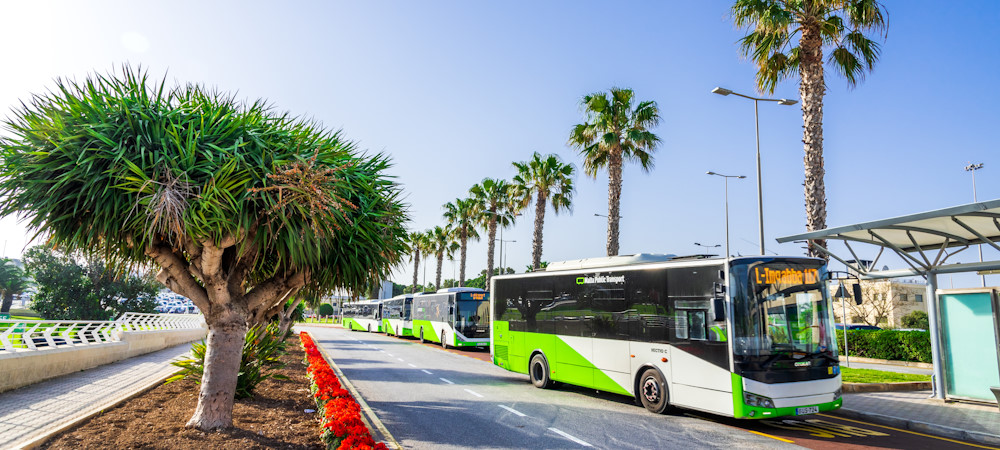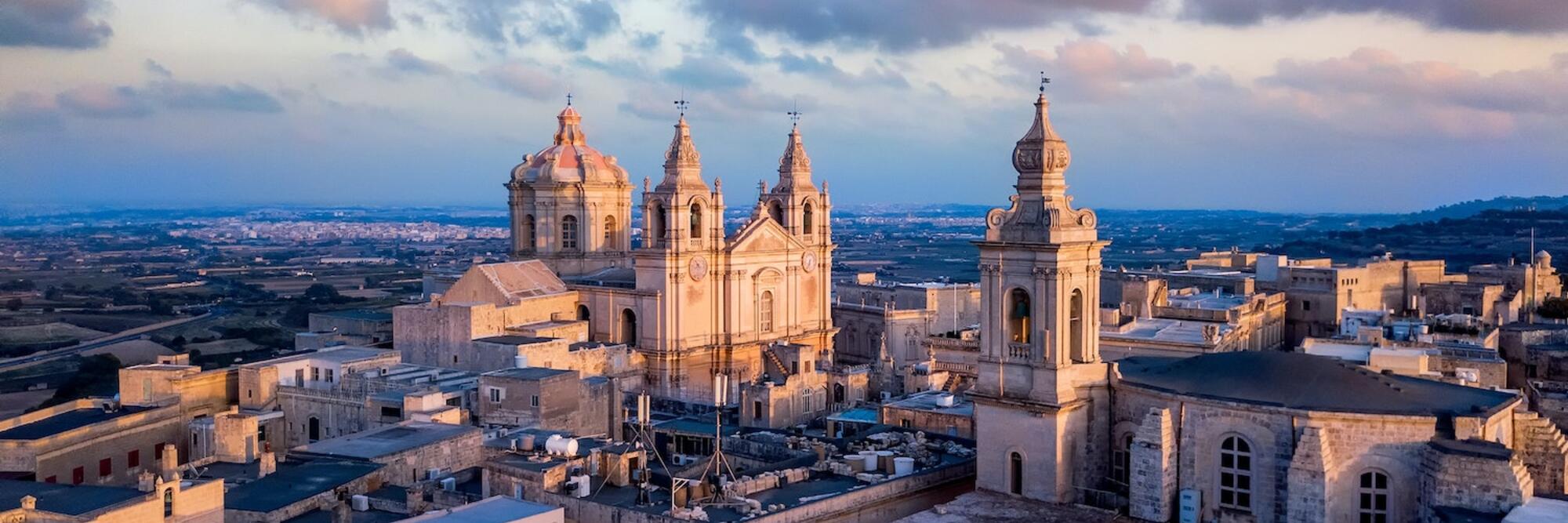Given its small size, Malta's public transport system consists only of buses, with extensive routes on the two larger islands. Other options include taxis and driving. Expats who prefer driving around Malta can hire a vehicle. That said, most people in Malta find it unnecessary to own a car.
Travel between the islands is made possible by ferry, seaplane, and the water taxis known as dgħajsa (pronounced ‘dysa’).
Public transport in Malta

Buses
Malta Public Transport operates bus services on the islands of Malta and Gozo. Buses on both islands usually run between 5.30am and 11pm, seven days a week, with night services on weekends and public holidays. There are over 300 routes, including night buses (indicated by an 'N' in front of the route number) and airport express buses (which have an 'X' in front of the route number).
Buses in Malta travel outwards from central hubs on both islands. The mainland hub is at Valletta Bus Terminal, while Victoria Bus Station is the main transport hub in Gozo.
Single- and multiple-journey tickets are available at ticket booths and vending machines at central locations. Bus drivers sell specific tickets, but you should preferably pay with exact change, as drivers may refuse large notes.
Frequent commuters should consider buying a Tallinja Card, which offers better deals on fares and is rechargeable online or at vending machines and ticket offices. A Tallinja mobile app is also available.
Public transport in Malta is free for all residents who have a personalised Tallinja Card. The government introduced free public transport in 2022 to encourage more people to use it rather than driving.
Useful links
Taxis in Malta
The most common taxis in Malta are painted white, with a ‘taxi’ sign on the roof and a registration number on the front doors.
You can catch a taxi from the airport to various destinations at standard fees. Taxis can also be hailed off the street or found at taxi ranks, but it's best to agree on a price with the driver beforehand. There are also black taxis, which are more comfortable, but these need to be booked in advance.
Ride-hailing applications like eCabs and Bolt are also available in Malta.
Useful links
Driving in Malta

Expats driving in Malta should do so defensively, since the country has a reputation for unpredictable driving.
To drive legally, expats will need a valid driver's licence. Licences from other EU countries are accepted and are exchangeable for a Maltese licence if the holder has lived in the country for six months. Expats from elsewhere can use their home country licence for up to 12 months, after which they will have to get a Maltese driver's licence.
Depending on which country issued your driver's licence, you may be able to swap it out for a local licence. Otherwise, theoretical and practical testing may be necessary.
